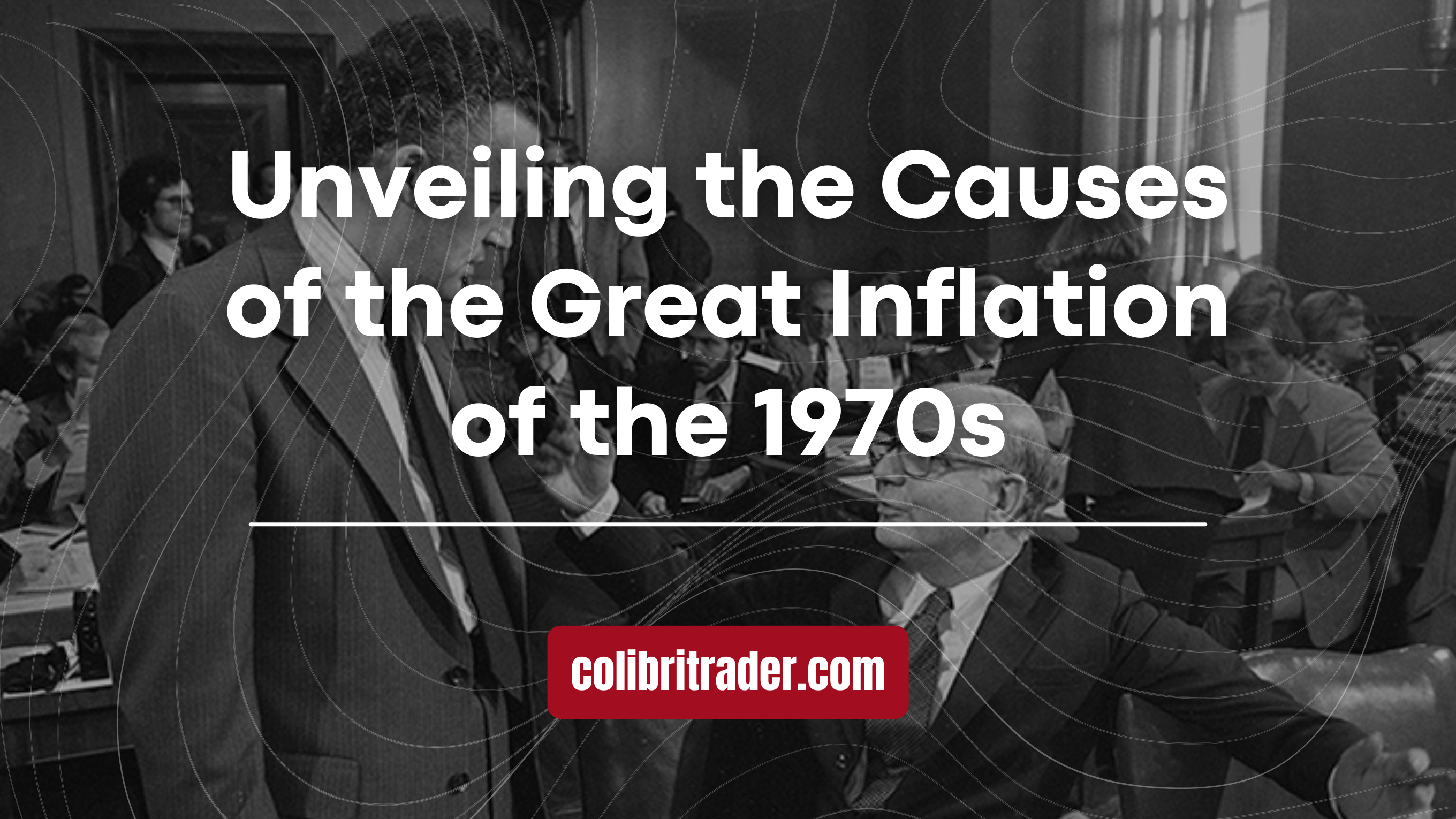The Perfect Storm: Unveiling the Causes of the Great Inflation of the 1970s
In 1974, the United States experienced a yearly expansion rate of 12.3%, a stunning figure that sent shockwaves through the economy and cleared out customers reeling. This wasn’t a separate occurrence, but a portion of a broader wonder known as the Great Inflation a period of maintained high inflation rates that characterized much of the 1970s and early 1980s.
Contents in this article
The Great Inflation wasn’t fair a blip on the financial radar; it was a seismic occasion that reshaped financial arrangements, shopper behavior, and worldwide financial flow. This period of especially tall and determined expansion influenced economies around the world, clearing out a permanent check on financial history and policy-making.
Key Takeaways:
- The Great Inflation of the 1970s was characterized by especially high and persistent inflation rates
- Major contributing variables included energy shocks, Vietnam War investing, expansionary financial approach, and wage-price spirals
- Mental components and expansion desires played a noteworthy part in propagating the cycle
- The period had enduring impacts on worldwide economies and financial approach
- Lessons from the Great Inflation stay important for understanding and overseeing advanced financial challenges
A Juncture of Emergencies: Components Fueling the Great Inflation
Energy Shocks and Supply Chain Disruptions
At the heart of the Awesome Expansion lay an arrangement of vitality emergencies that shook the worldwide economy. The 1973 OPEC oil ban sent oil costs skyrocketing, quadrupling in a matter of months. This sudden spike in vitality costs had far-reaching results:
- Transportation costs surged, influencing the development of merchandise over all segments
- Fabricating costs expanded, as energy-intensive businesses hooked with higher generation costs
- Shoppers confronted higher costs at the pump and in their utility bills, decreasing expendable wage
These vitality stuns made swell impacts all through the supply chain, driving to broad cost increments over different products and administrations.
The Vietnam War Bequest
The financial repercussions of the Vietnam War proceeded to reverberate through the 1970s. The strife had driven to:
- Expanded government investing, contributing to a developing budget deficit
- Extension of the cash supply to fund war endeavors
- Redirection of assets from profitable civilian sectors to military purposes
These variables combined to form inflationary weights that waited well after the war’s conclusion, setting the organization for the financial turbulence of the 1970s.
Expansionary Financial Approach
The financial approaches of the 1960s and early 1970s played a significant part in fueling inflation. Central banks, especially the Federal Reserve within the United States, sought after expansionary arrangements characterized by:
- Low interest rates to invigorate financial development
- Expanded cash supply, flooding the economy with liquidity
- A center on keeping up full work, now and then at the cost of cost soundness
Whereas these approaches were planning to boost financial action, they eventually contributed to the inflationary weights that characterized the time.
Wage-Price Winding
As inflation took hold, a self-perpetuating cycle known as the wage-price winding developed:
- Laborers requested higher compensation to keep pace with rising living costs
- Businesses, confronting expanded labor costs, raised costs to preserve benefit edges
- Higher costs are driven to assist requests for wage increments, proceeding the cycle
This criticism circle demonstrated troublesome to break, contributing to the perseverance of tall inflation rates all through the decade.
Mental Variables and Inflation Expectations
The part of brain research in sustaining expansion cannot be exaggerated. As the open developed acclimated to rising costs, inflation desires got to be dug in:
- Shoppers started to expect future cost increments, driving to stockpiling and freeze buying
- Businesses preemptively raised costs in expectation of higher costs
- Wage transactions progressively figured in anticipated future inflation
These self-fulfilling predictions made a force that made inflation progressively troublesome to control.
The Repercussions and Enduring Lessons
Affect on Worldwide Economies
The Great Inflation wasn’t limited to the United States; its impacts resonated over the worldwide economy:
- Numerous created countries experienced comparative inflationary weights
- Worldwide exchange designs moved as nations hooked with money vacillations
- Creating economies confronted challenges as product costs and obligation burdens expanded
The period underscored the interconnecting of worldwide markets and the far-reaching results of financial arrangements.
Approach Shifts and Lessons Learned
The battle against expansion within the late 1970s and early 1980s was driven to noteworthy arrangement shifts:
- Central banks embraced more hawkish positions, prioritizing price stability
- Money related arrangements centered on controlling the cash supply, as exemplified by the Volcker period at the Government Save
- More noteworthy accentuation was set on overseeing expansion desires through clear communication and arrangement straightforwardness
These changes laid the basis for the low-inflation environment that characterized much of the taking after decades.
Significance for Today’s Economy
The lessons of the Great Inflation proceed to illuminate financial arrangements and investigation nowadays:
- Central banks stay careful against the dangers of runaway expansion
- Approach producers are more adjusted to the significance of overseeing desires
- The transaction between financial and financial arrangements is more closely scrutinized
As we explore current financial challenges, counting later inflationary weights, the encounters of the 1970s give important bits of knowledge into the complex elements of inflation and the significance of proactive, measured reactions to financial dangers.
By understanding the multifaceted causes of the Great Inflation, we pick up a more profound appreciation for the sensitive adjustment required in overseeing present day economies and the continuous pertinence of this urgent period in financial history.





